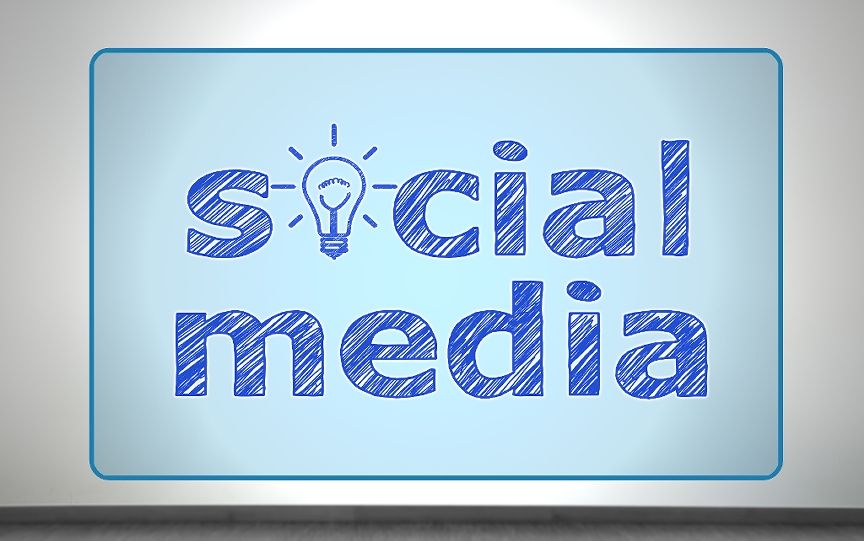6 Tips to Help You Develop a Social Media Policy and Avoid PR Disasters
It’s safe to say that we’re all well-aware of what a social media disaster can mean to a brand. Just recall what happened to Chrysler in 2011 and their infamous Detroit tweet that got the person responsible for managing the @ChryslerAutos account fired and forced the company to apologize to thousands of outraged consumers.
One misguided tweet can ruin the reputation of even the strongest brand, so if you’re running social media accounts it’s in your best interest to protect yourself against such risk by developing an efficient social media policy at your workplace. Doing that, you’ll ensure a seamless operation under a set of clear standards and successfully reduce the probability of a social media gaffe.
Here are 6 tips to help you develop an efficient social media policy to avoid PR disasters.

1. Clarify the basics of your policy
Setting out to develop your social media policy, ask yourself the following questions:
- What are the goals of your activity on social media?
- Which platforms will you use to accomplish them?
- What will your activity be like – what kind of content will you share?
- Who is your target audience?
Only then you’ll be able to build your social media policy.
Think about the ways in which your policy will respond to key industry changes and how you’ll reinforce it across the entire organization. Employees who will have no direct contact with your social media accounts should know your policy, so make sure to prepare information packages for them. When formulating rules, be clear and specific.
2. Define what social media crisis means to your brand
Make sure that your policy provides a clear definition of social media crisis. A crisis means different things to different brands and in different sectors, so suggest what kind of posts can be categorized as crisis and provide the fundamentals of reacting to them in the effort of alleviating the negative impact of such content. Establishing a crisis policy which works specifically for your audience is a priority.
Sometimes supposedly innocent elements of a social media campaign can turn out to be its worst enemy. How many times have you heard about a brand developing a special hashtag and later having the plan backfire when users begin to use it in a damaging way?
Something like that happened to McDonald’s recently, as the brand accompanied the debut of a refreshed version of their favorite mascot, Ronald McDonald, with a simple hashtag #RonaldMcDonald. Needles to say, consumers used it to criticize the makeover.
3. Decide on the degree of employee involvement
Another important point in your policy should delineate employee involvement in social media. Decide whether you’d like your employees to act as representatives of the brand on social media and if so, define rules they should follow to avoid a social media gaffe.
Sometimes it’s best to limit the role of employees when it comes to posting on social media. Twitter’s own CFO, Anthony Noto, recently made a clear mistake when he tweeted a line which was probably a private message. In one short tweet, he uncovered Twitter’s plans for acquiring an app called Shots backed by Justin Bieber. Not exactly something you’d like to share, right?
4. Choose the right speakers for your brand
This should be the core of your social media policy. Define who can have access to your social media accounts and will be authorized to post on the behalf of your organization. If you’d like to limit that capacity or place regional restrictions, do so here – a note like that will enforce the practice along with other key rules and standards.
Provide a list of features employees should have in order to be considered the right fit for the job. Even if someone is great at their job, they might be a bad choice for representing your brand online. If a quick Google search reveals some less than popular political opinions or embarrassing photos, you’d better not take your chances.
A few years ago, one serious social media mistake was made by an actual PR executive who just before boarding a 12-hour flight from London to Cape Town tweeted the following: ‘Going to Africa. Hope I don’t get AIDS. Just Kidding. I’m White!‘. Not the best publicity example out there.
5. Build response scenarios
Another great idea is to provide your team with a selection of ready-made scenarios for dealing with different exchanges. Your staff should of course realize that every situation is different and scenarios shouldn’t be followed religiously – that’s the nature of social interactions as such.
A well-defined policy will always be an advantage as it will give you time to decide which approach is best instead of developing a new one every time something out of ordinary happens.
With a great social media policy in force, responding to negative reviews and comments can become a major marketing boost. Take cue from Smart Car who playfully responded to a negative tweet sent by a consumer and scored lots of likes and shares.
6. Set social listening and analytics rules
Your final stop should be enforcing the right practice of social listening, keyword monitoring and other analytics tasks for your team. Define who will be responsible for those tasks and which tools will be used to accomplish them.
Close monitoring of your brand on social media will help you to significantly reduce your response time and when something bad is happening, you’ll have the situation under control. Taking your time to respond can have disastrous consequences – a web event quickly gathers steam and it can explode way beyond your control.
Monitoring online conversations, you’ll instantly spot those moments and address them before the internet does it for you.
Developing a great social media policy is your best strategy for ensuring that your social media interactions bring you tangible benefits and reduce the probability of a serious PR disaster.
Continue reading here: Broaden the Audience of Your Blog Using These Tips
Was this article helpful?

